Something is up with Betelgeuse, one of the most famous stars in the sky. It forms the left shoulder of the giant Orion and is easy to find in that huge constellation, thanks to its striking red colour and its brightness. However, in recent weeks it is no longer so easy to spot: Betelgeuse has lost 65% of its brightness, and has gone from being the ninth brightest star in the sky to the 23rd.
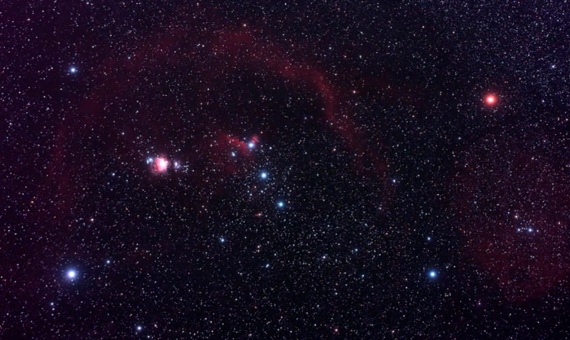
A variable star
In the last forty years of accurate astronomical observations, never has such a sharp and rapid decline in the brightness of a star been observed. To be fair, though, we should not be surprised that Betelgeuse changes — it has always done so, since it falls within the class of stars known as variables. We already knew of several phases in which this star increases and decreases its brightness.
There are many reasons why stars vary in brightness. Sometimes they are double systems in which another star passes in front of the main star and eclipses it. This describes the star Algol in Perseus, which is very striking: if we go out to observe two or three nights in a row, it is easy to see its change in brightness with the naked eye.
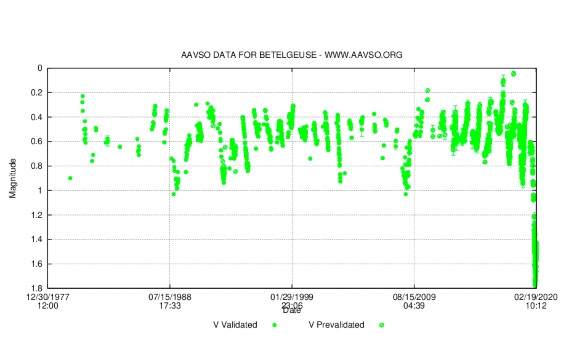
Other stars change in brightness due to phenomena specific to the star, such as cepheid variables, which have a relationship between their period of brightness variation and their luminosity. Interestingly, it was in that relationship that Henrietta Swan Leavitt found the key to accurately measuring distances between galaxies: her feat was like discovering a ruler with which to measure the universe.
Betelgeuse is a semi-regular pulsating variable. The star inflates (pushed outwards by the force of the nuclear reactions within it), increasing in brightness, although the expansion does not last long. After this fabulous release of energy, the force of gravity draws the star’s material back to the centre, deflating it and diminishing its brightness.
This is just one way for stars to release the energy from their interior. Something very similar happens when we cook in a pot. When the temperature increases in the interior, it is enough to lift the lid a little due to the increase in pressure. When this happens, energy in the form of steam escapes and is lost and the lid cannot be held up and falls back to its initial position. The dance of a cooking pot lid is very similar to what happens to Betelgeuse.
It’s not about to switch off, nor is it likely to explode soon
In addition to being a variable star, Betelgeuse is also a red giant, a dying star that has exhausted almost all its fuel and is close to death. However, with 20 times the mass of our Sun, it is not expected to have a peaceful end. When it exhausts its fuel and its core collapses, it will generate a neutrino explosion that will wipe out the outer layers of the star in one of the most violent phenomena in the universe: a supernova.
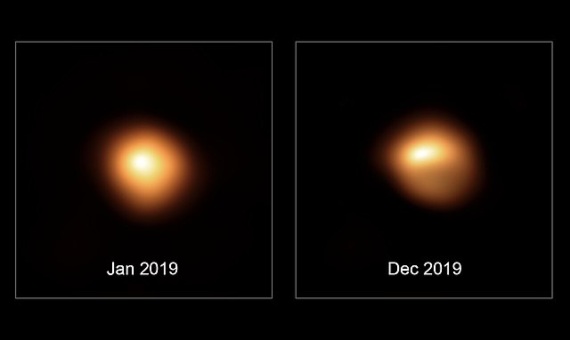
When this happens, Betelgeuse will appear to us with a brightness similar to that of the full moon for months. You needn’t worry about the explosion, though; our solar system is far enough away from the bang (about 700 light years) for nothing but a big show to happen. However, we don’t have a definite date for this stupendous astronomical spectacle. According to the latest models it will most likely occur within 100,000 to one million years.
What is happening on Betelgeuse?
We don’t know what is happening for sure. Sometimes astronomy is accurate, and the specific day of a solar eclipse can be predicted to occur centuries from now; however, for other phenomena, the models that scientists work with are not able to explain what is happening conclusively.
- The star may be displaying more sunspots on its surface than usual. These changes in the surface of stars are common and there are cycles of activity — this happens to the Sun too. We may be at the moment of a maximum number of spots, or as it rotates the star may be showing us a dirtier area with more spots.
- Another model focuses on the variation being due to convective cells. Going back to the cooking examples, the surface of a star is very similar to boiling water — the bubbles that break the surface of the water are what convective cells do to the star. A giant convective cell (in Betelgeuse those bubbles are the size of our Sun) may be cooling on the surface and causing a darkening of the star.
- It is also possible that a cloud of dust orbiting around the star is hiding its brightness as if it were an eclipse. The red giants are very turbulent and generate large ejections of material: a large part is gas, but another part ends up being transformed into small particles (of aluminium oxide and magnesium metasilicate, also known as forsterite and alumina), which can block some of its light if they form giant clouds around the star.
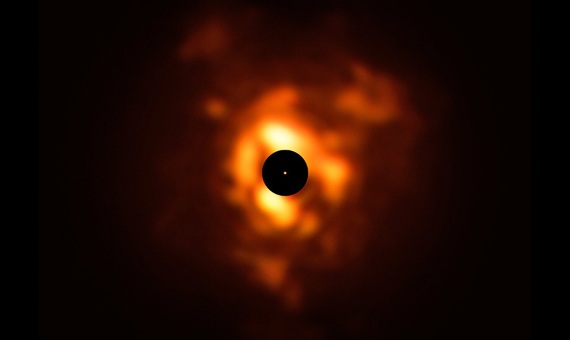
-
However, the person who may have hit the nail on the head is astrophysicist Edward Guinan of Villanova University (USA). Last February 1st he proposed — based on the star’s light curves and pulsation patterns — that it may just be an unusual minimum of its typical cycles. If this model he proposes is correct, starting on February 21st the star should gradually recover its brightness. At the time of writing this article, the prediction has so far come true: Betelgeuse has been getting a little brighter each day, so it seems clear that it will neither switch off nor explode. The next few weeks will be crucial in order to better understand what is happening.
One more excuse to head outside and look up at the sky
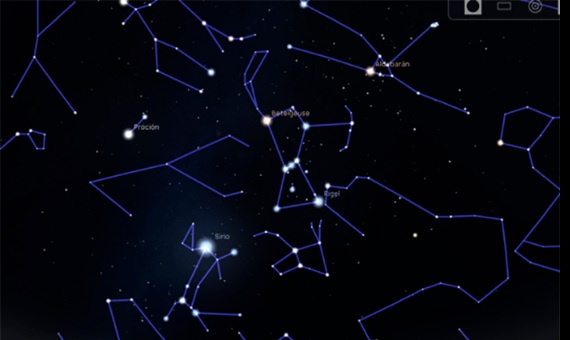
What we do know for sure is that Betelgeuse is at its lowest historical brightness. It provides a wonderful excuse to go out and observe the sky and, especially, to compare Betelgeuse with other stars in its same constellation (Orion), such as Rigel or Bellatrix.
This will help us see if it gradually recovers its brightness with respect to its other constellation companions in the coming months, or not… It’s a curious astronomical phenomenon, very unusual, and well worth going outside to enjoy.
Comments on this publication